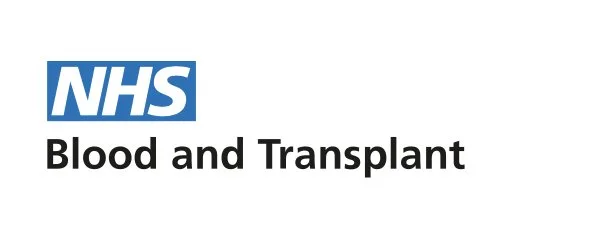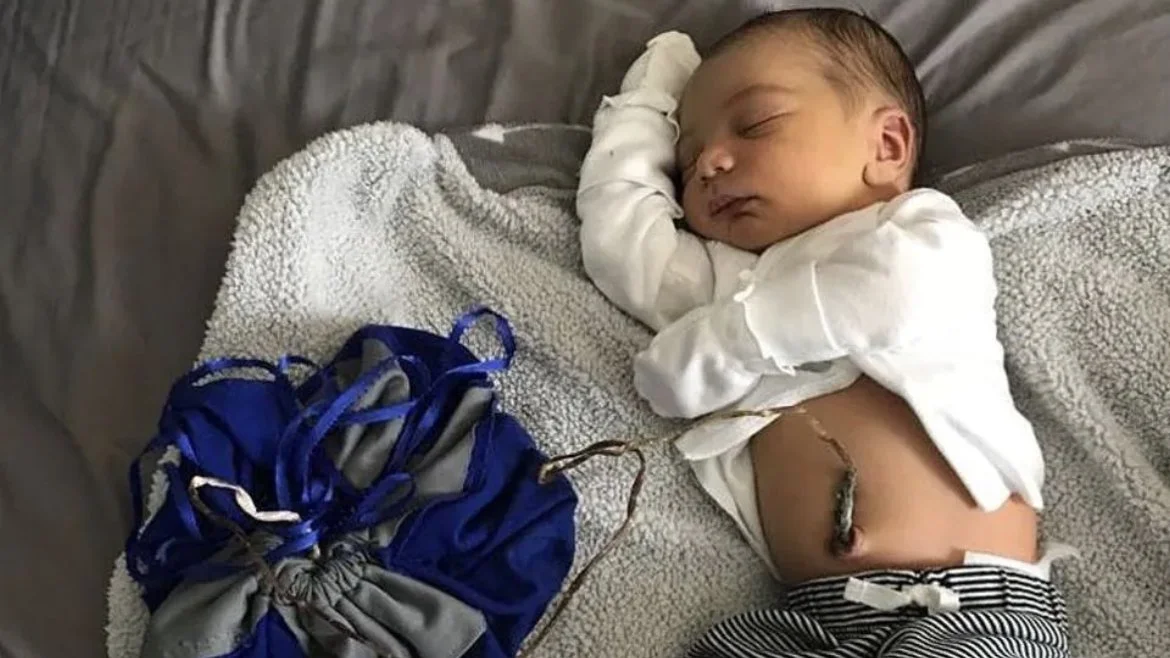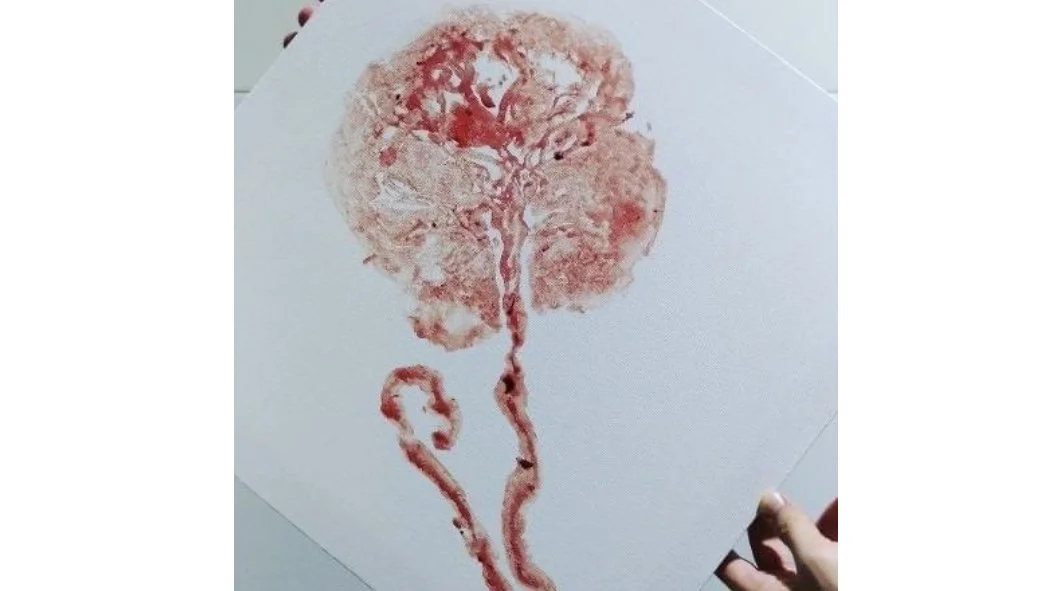

Free Pregnancy Support – Find out more
If expecting twins, you may grow 2 placentas, or they may share one.
If your baby is born vaginally, your placenta will be born shortly afterwards by your uterus tightening and releasing to move it down and out. If baby is born abdominally by caesarean, the placenta will be lifted out just after baby is.
Please note that we are not endorsing these practices but sharing what people do with them due to personal beliefs, preferences and cultural practices. It is important that you do your research and do what feels best for you.

Encapsulating has become more and more popular over the years as more people are anecdotally reporting seeing benefits from consuming their placenta, but want to do it in a way that feels less carnivorous. To do this, you need to book a specialist in advance who will provide you with a freezer box and bag to store your placenta in. You’ll need to let your care providers know you’d like it to be put into there post birth and then let the specialist know once baby and placenta have been born. They then collect it within hours of the birth and freeze dry it, make it into powder and encapsulate it ready for your daily consumption.
A placenta tincture is made by infusing dehydrated placenta in alcohol. The preparation time is approximately six weeks. Placenta tincture may be used after the capsules are finished in times of stress, anxiety and emotional lows.
Read more about placenta consumption on Evidence Based Birth here.

There are many options here, smoothies, familiar food recipes and even gummy bears can be on the menu!

The Living Amniotic Membrane Donation Programme operates throughout hospitals in the UK at different times. Read more about it here and to find out if your hospital is running the programme too.

This is more commonly known as a lotus birth. The cord and placenta remain attached to baby until it separates by itself, normally 3-10 days after birth. See this article by All4Births here for more information.

Seeing this amazing organ can be really incredible- it’s quite a mesmerising shape and texture! Your midwife can talk you through its composition if you would like them too. You may like to take a photo to look back on it too.

When a placenta is placed on a piece of light coloured card, the shape it prints is like a tree. This is a simple way of creating art with your placenta.

Placentas are thought to be excellent fertilisers! So planting it around half a metre deep into the ground (to avoid animals digging it up!) and planting a seedling on top is a way to use your placenta as a keepsake.

The powder made from a dehydrated placenta can be mixed with a moisturiser to blend into the most personalised of skincare products. Read more on the Placenta Practice website.

The wonderful Rejewelled make jewellery out of many things, including umbilical cords and placentas.

You of course do not have to do any of the above, your placenta can be carefully disposed of by your care team if this is your preference.
As with everything pregnancy or birth related, there is not a one-size-fits-all approach when it comes to what happens with your placenta. It’s important that you know you have options, it’s a part of your body after all!
Find out more about ALL of your options for birth and postnatal recovery at one of our award-winning Mindful Natal® courses, running in-person and online:
Not sure about courses yet? Check out the PregnaHub® subscription:

Today’s guest blog is written by Lucy Sharpe, founder of Days and Dreams Sleep Consultancy.

We are celebrating the PregnaHub® app launch by bringing you expert mind and body support for the pregnancy and postnatal stages. This article was kindly contributed by Claire Hitchen, Prenatal BANT Registered Nutritionist and founder of Claire Hitchen Nutrition.

We are celebrating the PregnaHub® app launch by bringing you expert mind and body support for the pregnancy and postnatal stages. This article was kindly contributed by Judith Rees, Director of Operations at The For Baby’s Sake Trust.